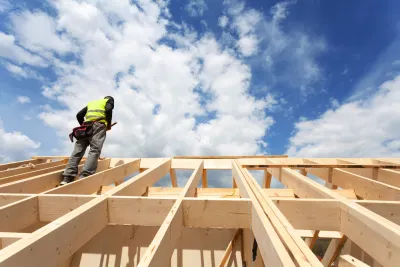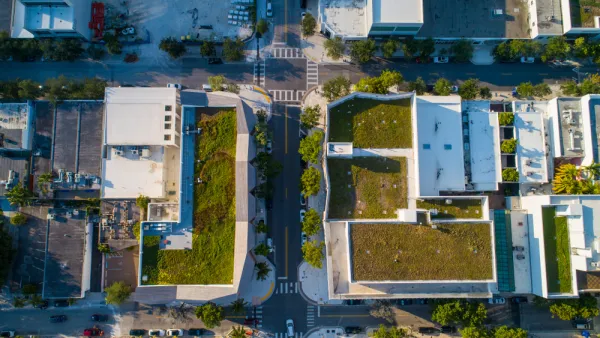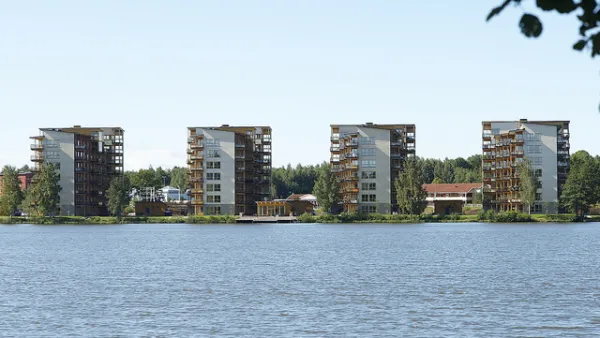New green buildings may be de riguer, but preservation does less harm.

In the last 50 years, humans have used more raw materials and created more waste than in all previous history,” report Jean Carroon FAIA and Ben Carlson.
By now, recycling and reuse are firmly rooted concepts in the American consumer conscience. But when it comes to building, the merits of maintaining and preserving existing buildings are often trumped by the short-term cost efficiencies of replacement and the rewards of green certification.
The built environment is the single largest consumer of materials, which account for 42 percent of all greenhouse gasses emitted in the United States. "Every product, no matter how green, has environmental impacts that include carbon emissions, water and energy consumption, pollution, toxicity, and waste," write Carroon and Carlson. Toxicity from building materials, such as the flame retardants used on everything from carpets to cables, impacts all Americans. "These chemicals are linked to dna mutation, thyroid disruption, memory and learning problems, delayed mental and physical development, lower IQ, advanced puberty, and reduced fertility."
Another critical concern often overlooked is the immediate impact of greenhouse gases emitted from building material extraction, production, construction, and disposal in favor of the touted energy efficiencies of new green buildings. But these energy savings are long-term projections, according to Careen and Carlson, pointing to a 2012 report for the National Trust for Historic Preservation. "It can take between 10 and 80 years for even an energy-efficient new building to overcome, through cleaner operations, the climate change impacts created by its construction." Carroon and Carlson argue that even if we do eventually achieve the goal of manufacturing totally clean and green buildings, there is inherent value in preservation. "Doesn’t a sustainable world need to value what already exists not only for environmental reasons but also to foster creativity, social engagement, and a unique sense of place?"
FULL STORY: Old is the new green

Analysis: Cybertruck Fatality Rate Far Exceeds That of Ford Pinto
The Tesla Cybertruck was recalled seven times last year.

National Parks Layoffs Will Cause Communities to Lose Billions
Thousands of essential park workers were laid off this week, just before the busy spring break season.

Retro-silient?: America’s First “Eco-burb,” The Woodlands Turns 50
A master-planned community north of Houston offers lessons on green infrastructure and resilient design, but falls short of its founder’s lofty affordability and walkability goals.

Test News Post 1
This is a summary

Analysis: Cybertruck Fatality Rate Far Exceeds That of Ford Pinto
The Tesla Cybertruck was recalled seven times last year.

Test News Headline 46
Test for the image on the front page.
Urban Design for Planners 1: Software Tools
This six-course series explores essential urban design concepts using open source software and equips planners with the tools they need to participate fully in the urban design process.
Planning for Universal Design
Learn the tools for implementing Universal Design in planning regulations.
EMC Planning Group, Inc.
Planetizen
Planetizen
Mpact (formerly Rail~Volution)
Great Falls Development Authority, Inc.
HUDs Office of Policy Development and Research
NYU Wagner Graduate School of Public Service



























